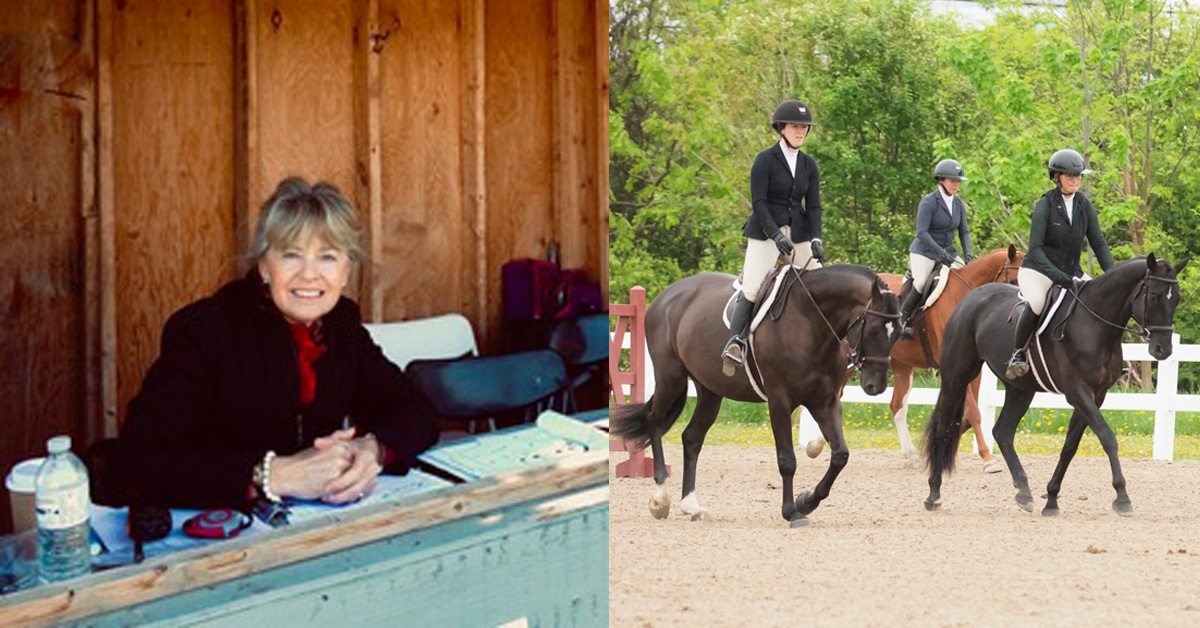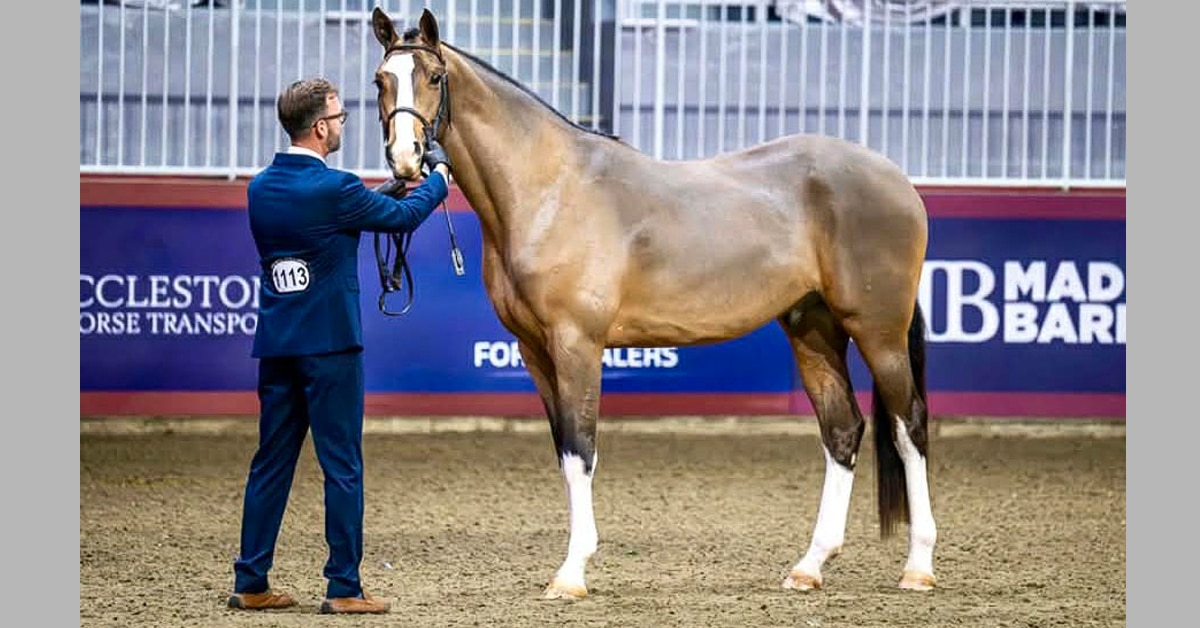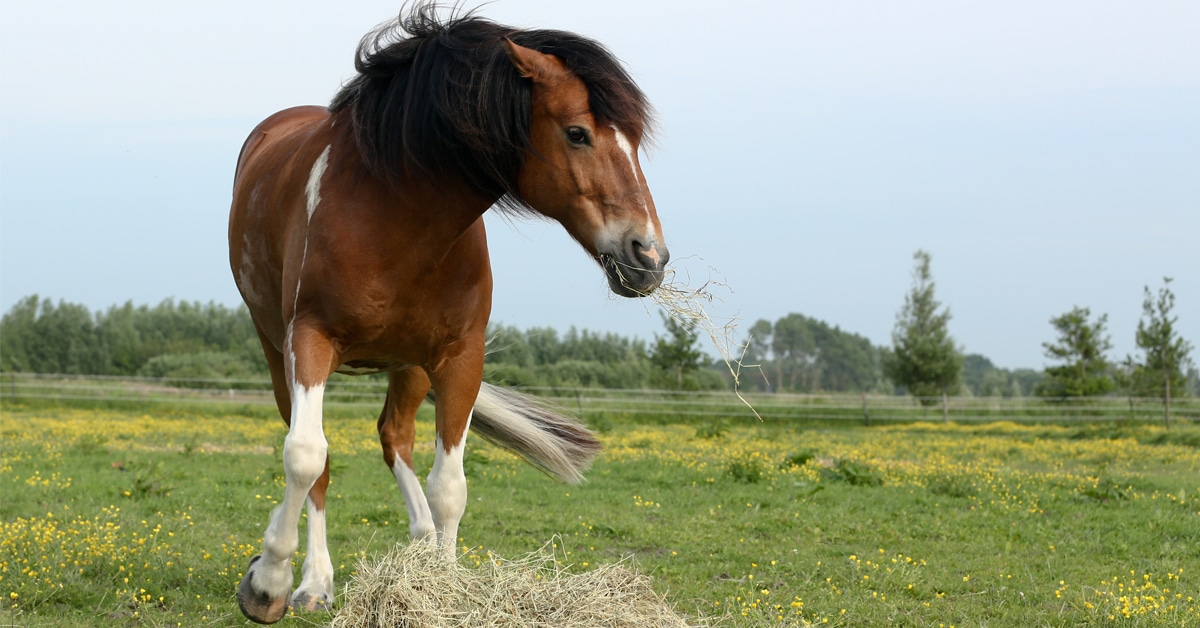Equine whiskers (or vibrissae) are making a comeback and are even making an appearance in what were formerly strictly whiskerless kingdoms. Having grown up through the hunter/jumper ranks, I still see whiskers as a blight on an otherwise impeccable turnout, but increasingly equine governing bodies are addressing the welfare question of whisker removal.
The French Equestrian Federation has followed Germany’s lead in banning the trimming of horse’s vibrissae (Horse Sport, June, 2019). Secretary general Imke Lubeseder of the German Equestrian Federation remarked that, “according to paragraph 6 of the German Animal Welfare Act, trimming the vibrissae around eyes and muzzle, as well as clipping the hairs inside the ears of horses, are prohibited.” (German Dressage News, May 30th, 2017).
On closer inspection of paragraph 6 which Lubeseder references, I found that the Act prohibits “the amputation of all or part of parts of the body or the removal or destruction of all or parts of organs or tissues of a vertebrate.” According to the same Act, it is legal to remove horns, dock tails, grind teeth, remove toes, tattoo, attach ear tags, brand and castrate young animals all without medication or anesthesia. It is also legal to perform animal experimentation causing severe pain and suffering, provided the outcome of the research is deemed “worthy of their sacrifice,” although animals must be made whole again before being subjected to further experimentation. Given the latitude permitted for inflicting egregious animal suffering, I think it unlikely that the creators of the Act were considering whiskers when banning the amputation of animal body parts (see animallaw.info/statute/germany-cruelty-german-animal-welfare-act).
Still, whiskers do have a function, acting like multiple antennae to help horses feel what is close to their muzzles and their eyes. The positioning of horses’ eyes is such that they literally cannot see what is in front of their nose, and these feeling vibrissae help them “see.”
The function of whiskers has been studied in rodents and sea mammals, but there is sparse research on horses and no evidence that whisker removal is a welfare concern. Dutch veterinarian Machteld Van Dierendonck found no detrimental effects of trimming equine whiskers in her pilot study. She cautions that these “non-results” could have been due to the pilot’s small sample size, or that equine whiskers are simply not as crucial as some scientists believe. FEI-certified veterinarian Jim Waldsmith of The Equine Center in California notes that although removing whiskers compromises horses’ ability to sense their immediate environment, he has never seen an injury resulting from trimmed muzzle whiskers. Waldsmith cautions that the same is not true for the vibrissae around the eyes, which he advises should never be trimmed as they help guard the sensitive (and peripherally located) eye against injury.
I propose that the whisker controversy (for muzzle whiskers) gives a lot of press to an “equine welfare” issue that is really a non-issue, and thus diverts attention away from the much greater cruelties we impose on our horses every day. Surely the fact that 80% of our sport horses are competing with moderate to severe gastric ulcers (induced almost entirely by housing and management practices that limit or eliminate the horse’s ethological need for movement, foraging, and social companionship) is a far greater welfare concern.
Consider what we do legally and with moral impunity in the name of sport: harsh bits, nosebands that restrict blood and air flow, horses worked to exhaustion so as to be “calm” in the ring, or subjecting our very social horses to a life of solitary confinement, to name just a few. Equine governing bodies need to hop off the whisker soapbox and focus on the heart of the real welfare issues facing the industry.
As for me, I have started to let my horse’s whiskers grow and am trying (to date, unsuccessfully) to cultivate a new aesthetic to perceive whiskered horses as beautiful.
The Latest










